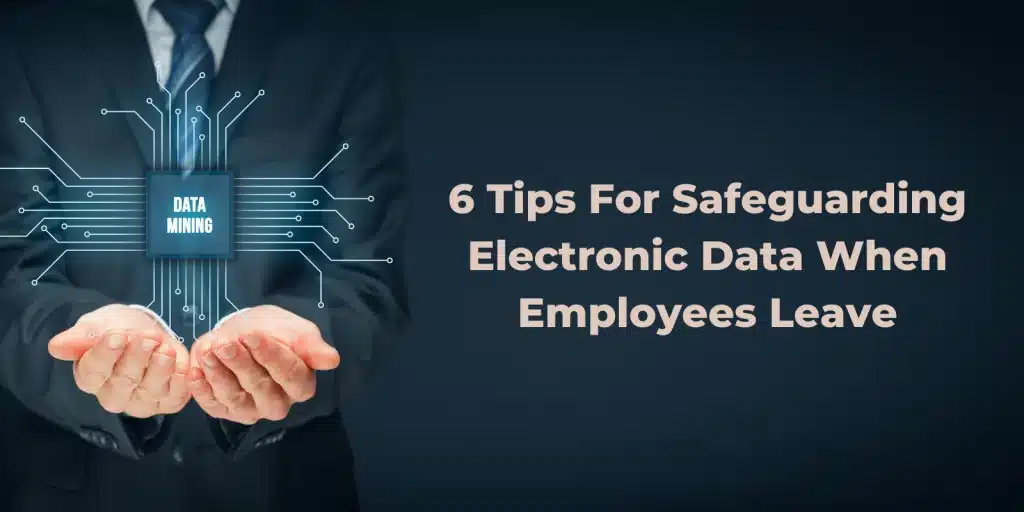Estimated reading time: 5 minutes
Here we go again. The new Covid variant – Omicron seems to be taking us backward. New mandates and precautions are increasing to battle this resurgence.
This means that employees who were slowly going back to the office are now again working from home.
This pandemic has changed how and where employees work and employees have enjoyed the flexibility that comes with working from home.
According to SHRM, half of employees wish to remain at home permanently. The post-covid model of work has changed and employees hope for a hybrid model.
Let’s be real, much of the workforce are parents with kids. These parental responsibilities can be stressful and working from home takes some of that pressure away.
For instance, a mother who works from home may have the flexibility to throw in a load of laundry in between conference calls.
Technology Supports Remote Work
With the advent of the internet, laptops, and trends toward work-life balance, employees are more often working from home or at an offsite location.
This new method of work creates unique problems for organizations trying to maintain control of their confidential company data.
New technologies make it quick and easy to transfer or copy data electronically.
A recent Symantec study states that “half of the employees who left or lost their jobs in the last 12 months kept confidential corporate data and 40 percent plan to use it in their new jobs.”
Regardless of how an employee leaves employment, whether being laid off, downsizing, or just finding another position, these numbers are alarming, particularly when employees jump ship and go to work for a competitor.
This reality deserves your attention.
Organizations spend millions of dollars on monitoring software to keep an eye on where employees are going and what they are doing.
But even with these advances in technology, employers need to be diligent at continually putting safeguards in place to help minimize electronic data theft.
5 Things You Can Do To Protect Corporate Data
1. Return Company Electronic Equipment
The pandemic has made it necessary for employers to provide computer equipment for home use.
Many employers have invested in home office equipment, while many employees have had to invest in their home workspaces.
Company policy may dictate reimbursement for home office equipment, but electronic data continues to belong to the company.
Employees have enjoyed working from home, and some are choosing to leave their jobs rather than return to the office.
If one of your employees resigns, make sure they return all company computers, related hardware, and backup drives.
Backup drives are not as common as they used to be since the use of cloud storage. However, there are instances when these backup techniques are still used.
For example, If employees create their own backup drives of company data, there should be an understanding and expectation that any data that is kept offsite in the possession of employees will be returned to the organization.
2. Monitor Employee Activities
Some employers are caught off guard when an employee resigns. Often, there is an opportunity to change the employee’s mind if you have a good retention policy.
However, there are times when the employee has already decided.
As soon as an employee submits a resignation letter, you should monitor that employee’s activities so you can watch for transferring data or emailing customer information.
Be upfront and talk to the employees while cleaning out electronic files. Alert them that company data is proprietary and owned by the business.
Employees may think twice and be less likely to take unauthorized information if they know you are paying attention.
3. Exit Interview
It can be hard to accept that a great employee is leaving, particularly if you didn’t see it coming.
However, you should take advantage of their employment experience by conducting an exit interview with employees.
In addition to gaining perspectives on the employee’s experience, employers should remind employees of confidentiality agreements and specifically ask about returning company property.
Ask them specifically if there is any company data in their possession, and if so, make a plan with them for retrieving it.
Make it easy for them, even if you need to send a courier to their house.
4. Cancel Access To Electronic Files
Often, when an employee quits, we immediately begin the process of searching for a replacement. We need not to overlook what needs to be done before that.
Create a termination checklist to keep track of collecting those company-owned files and equipment.
This should go without saying, but employers should remember to cancel employee email accounts, login credentials, and turn off access to company networks and files before the employee leaves employment.
These access points should be canceled the day the employee leaves employment. Once they are gone, it is difficult to control.
5. Communicate and Educate
Begin employment with an orientation process that communicates expectations.
Organizations should educate employees on the importance of safeguarding company data.
There should also be systematic communication of the company’s expectation that employees won’t take electronic data.
The more something is communicated, the more important the employee will understand it to be.
Remember, you can never communicate expectations too often.
Be Diligent And Be Aware
These are just a few things organizations can do to safeguard electronic data and to possibly protect your organization from Phishing.
Be aware that your competitors would love access to everything you have worked so hard to create. Don’t underestimate an employee’s motives, and protect what is yours.
There are federal and state laws that protect organizations from computer data tampering.
However, as with any other legal matter, it takes time and expense to pursue litigation. The best course of action is to stop it before it starts.
